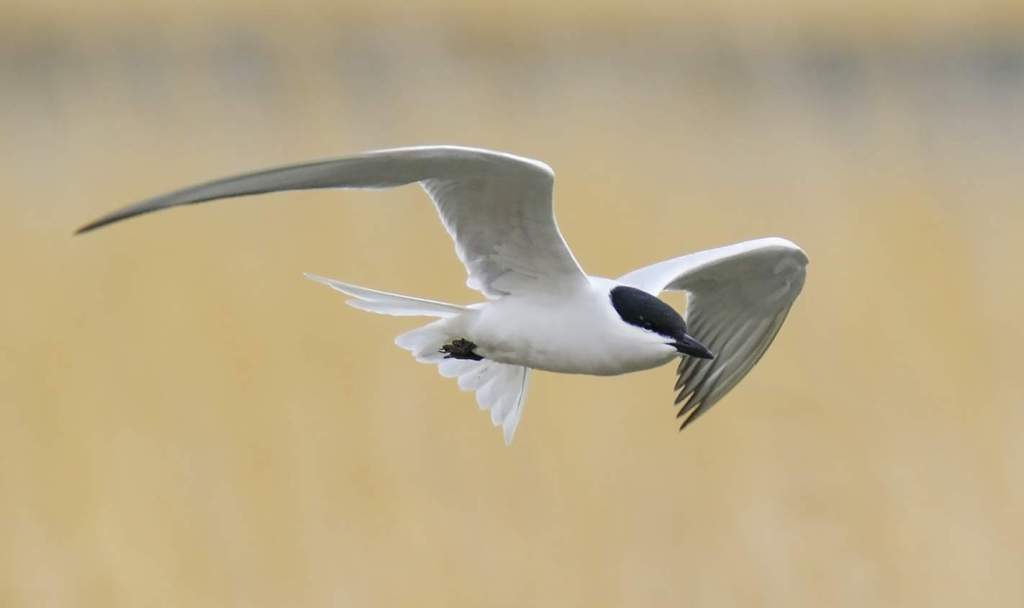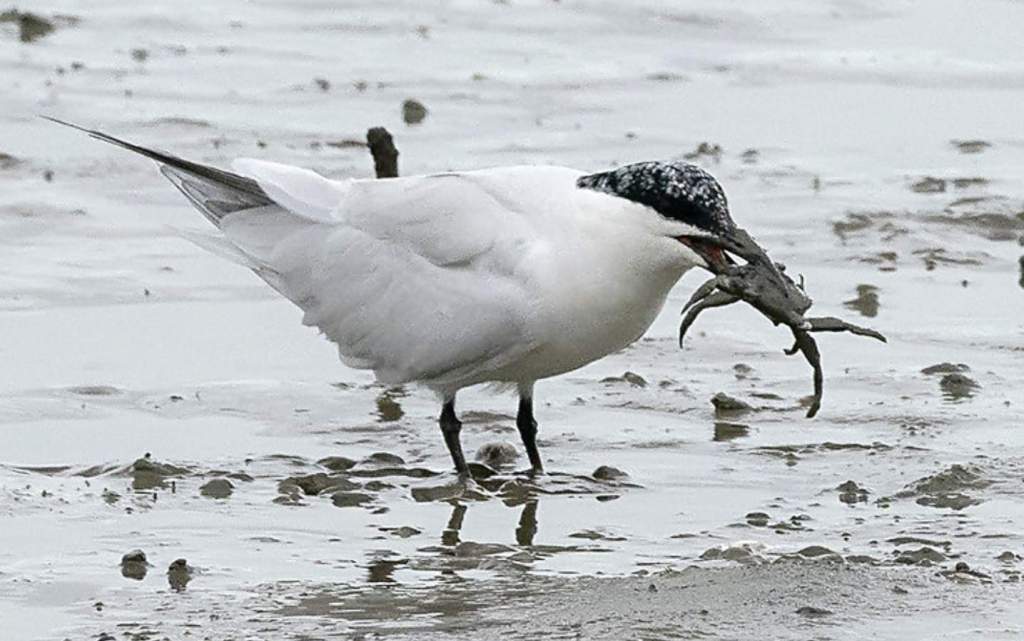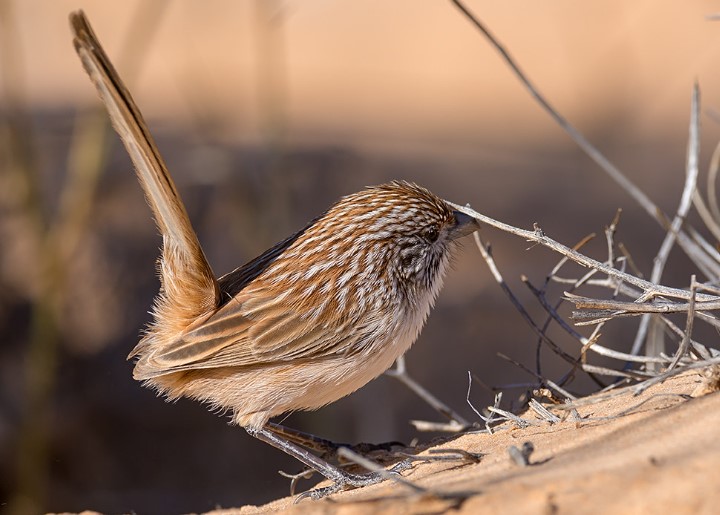Gull-billed Terns (Gelochelidon nilotica) are primarily land-based birds that inhabit inland swamps, flood sheets, and inlets, whether fresh or brackish, but rarely visit marine shores. Their short black bills and square tails make them easy to recognize. There are several locations on the planet where it breeds, including Europe, Asia, northwest Africa, and the Americas. They are about the size of a Crested Tern. In the family Laridae, the gull-billed tern formerly used to be known as (Sterna nilotica).
They are nomadic and migrate everywhere. During the spring and summer, they migrate south across southern inland swamps, fresh and salt, to breed locally in varying numbers; at the same time, an Asian race migrates to estuaries on the northwest coast in small numbers. Winter is a time when many southern birds migrate north as the Asian race leaves. There may be one or two terns present at any time of the year on many lagoons.

Terns fish from the air, hawking transects over open waters and mud flats at five to 30 meters above ground and even skimming over flooded salt-bush plains in the south; they are never far from shore. They glide swiftly down, tail fanned and bill tilted down, to pluck prey from the surface as soon as they spot it.
They eat fish, crustaceans, grasshoppers, blowfly maggots, centipedes, and lizards inland; on the coast, they eat fish and crabs. Moreover, many observations have shown that it also picks up dead dragonflies from the road and feeds on them. Most tern nests occur in remote inland lagoons after rain or flooding, where they congregate in colonies of tens to hundreds when not breeding. They nest on bare, flat islets or on the tops of bushes in samphire, depending on the plant cover. Nests can be as close as 40 centimeters or as far apart as four meters.
A Gull-billed Tern measures between 375 and 430 mm in length. There is no difference between the sexes. Breeding: black from crown to eye and nape. The upper wings, back, and tail are silvery. There is a white underpart and a darker gray wing tip. Brown is the color of their eyes. The bill and feet are black. The Australian race has a white crown with black streaks and a black stripe through the eye; the Asian race has a smaller crown with mid-grey upper wings and back. A non-breeding adult, the immature bird is mottled brown on its shoulders. There is a sandy, streaked, and spotted dusky in the young, while below it is a sandy, spotted, and streaked dusky.
There is a harsh bleak ka-huk, ka-huk sound that Gull-billed Terns make to signal an alarm or threat. Other than that, silence. In colonies, nesting occurs between September and May. A nest is usually a bare depression on the ground or a platform of dry plant matter in bushes.
The bird lays two to four eggs, glossy yellow-grey to olive, blotched with dark grey and dusky brown; ellipsoidal, about 50 x 37 mm. Both sexes undergo incubation for 22-23 days. The Gull-billed Tern is found inland and in coastal swamps and estuaries; it is a vagrant in Tasmania. About six subspecies; two in Australia.







